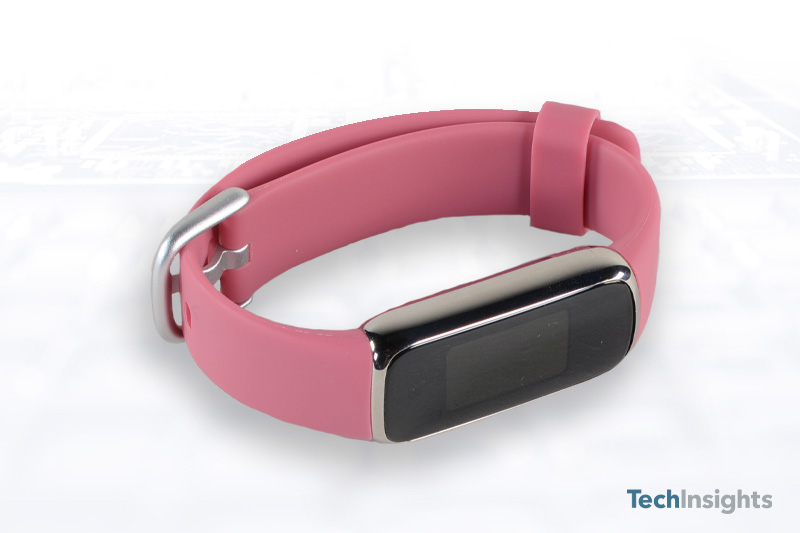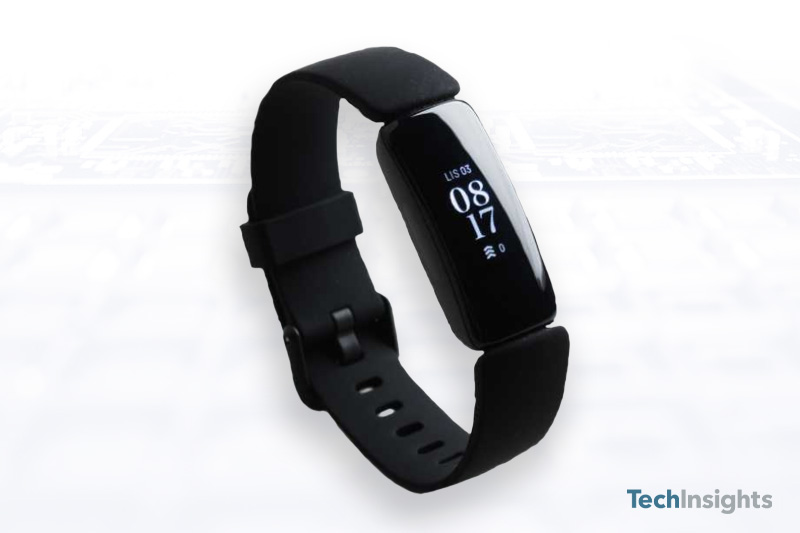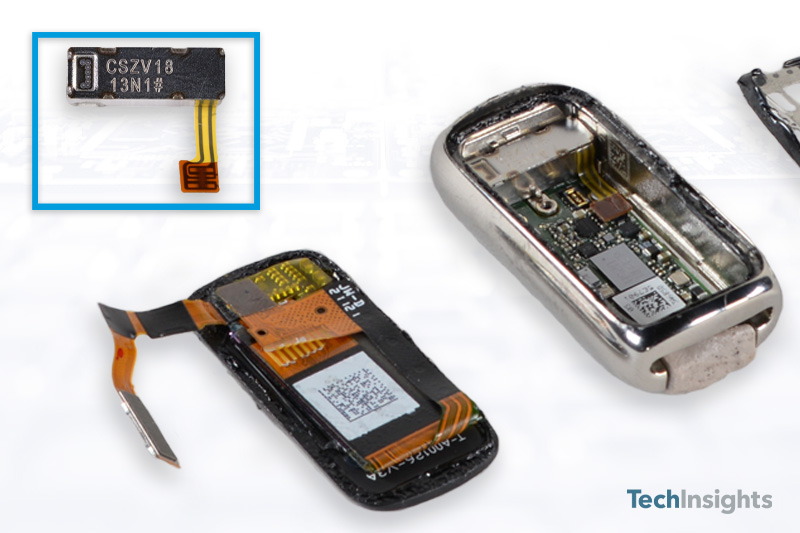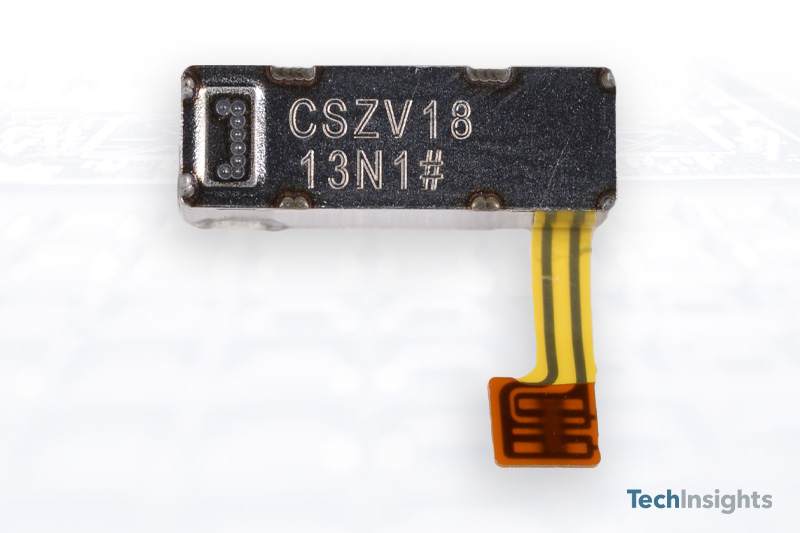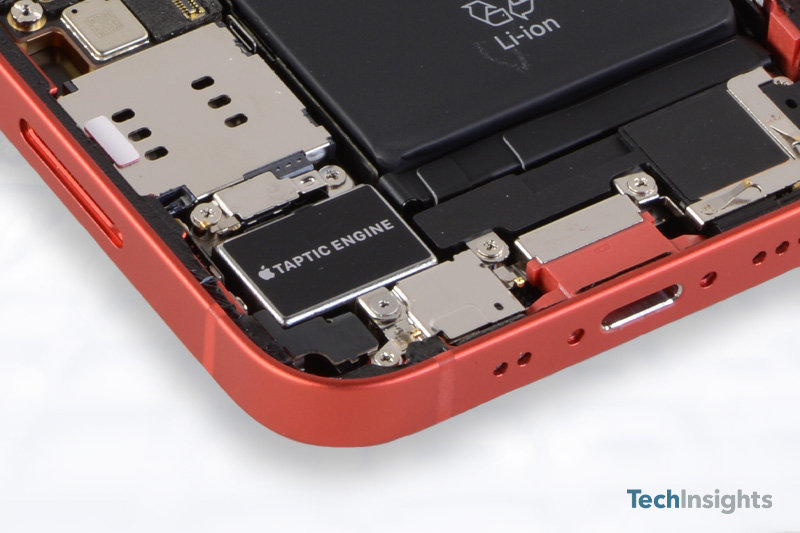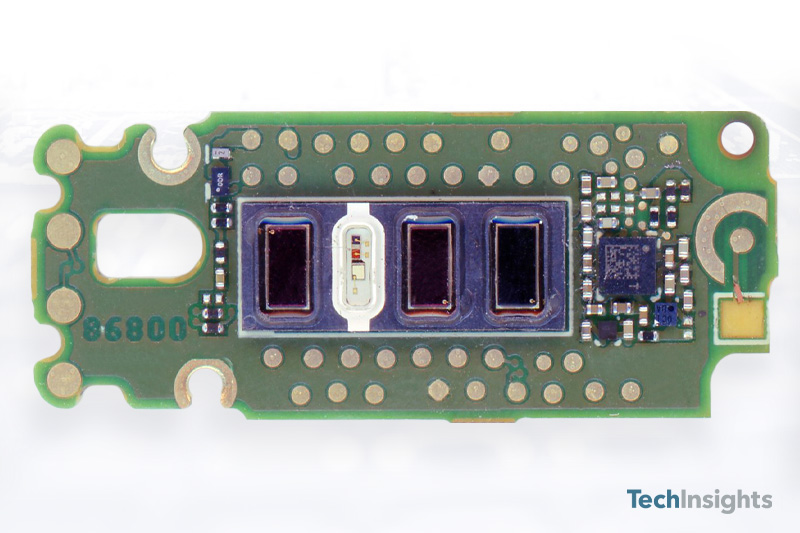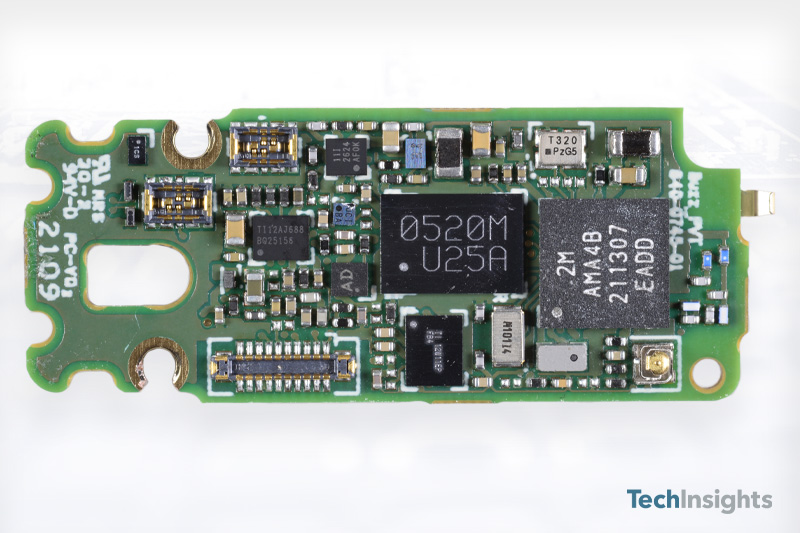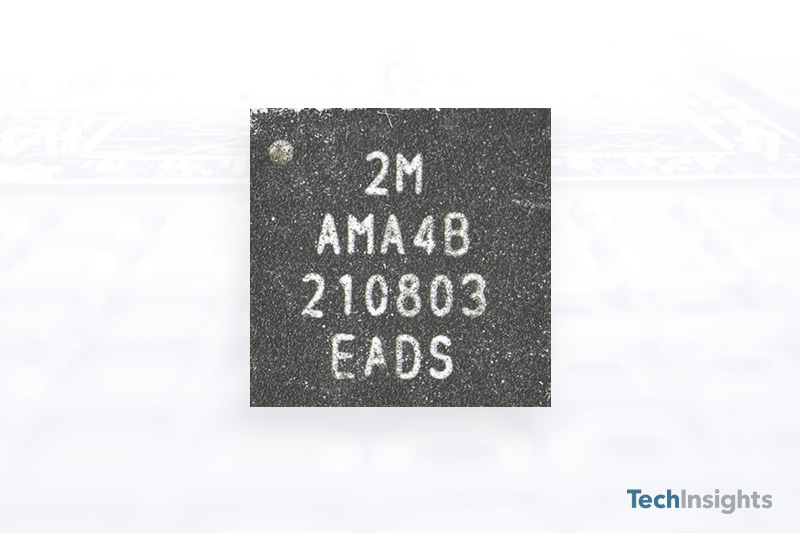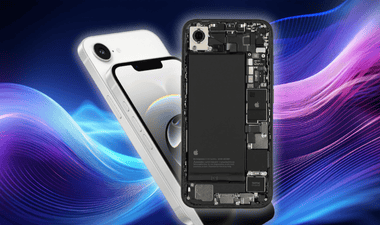Will the Fitbit Charge 5 Outshine the Fitbit Luxe?

Stacy Wegner
September 9, 2021
We don’t know, and we do not comment on whether one device is better than its previous generation. What we do, is look at and compare generations of devices. And while we wait for our pre-order of our Fitbit Charge 5 to arrive, we will take a look at what Fitbit Luxe has inside of it.
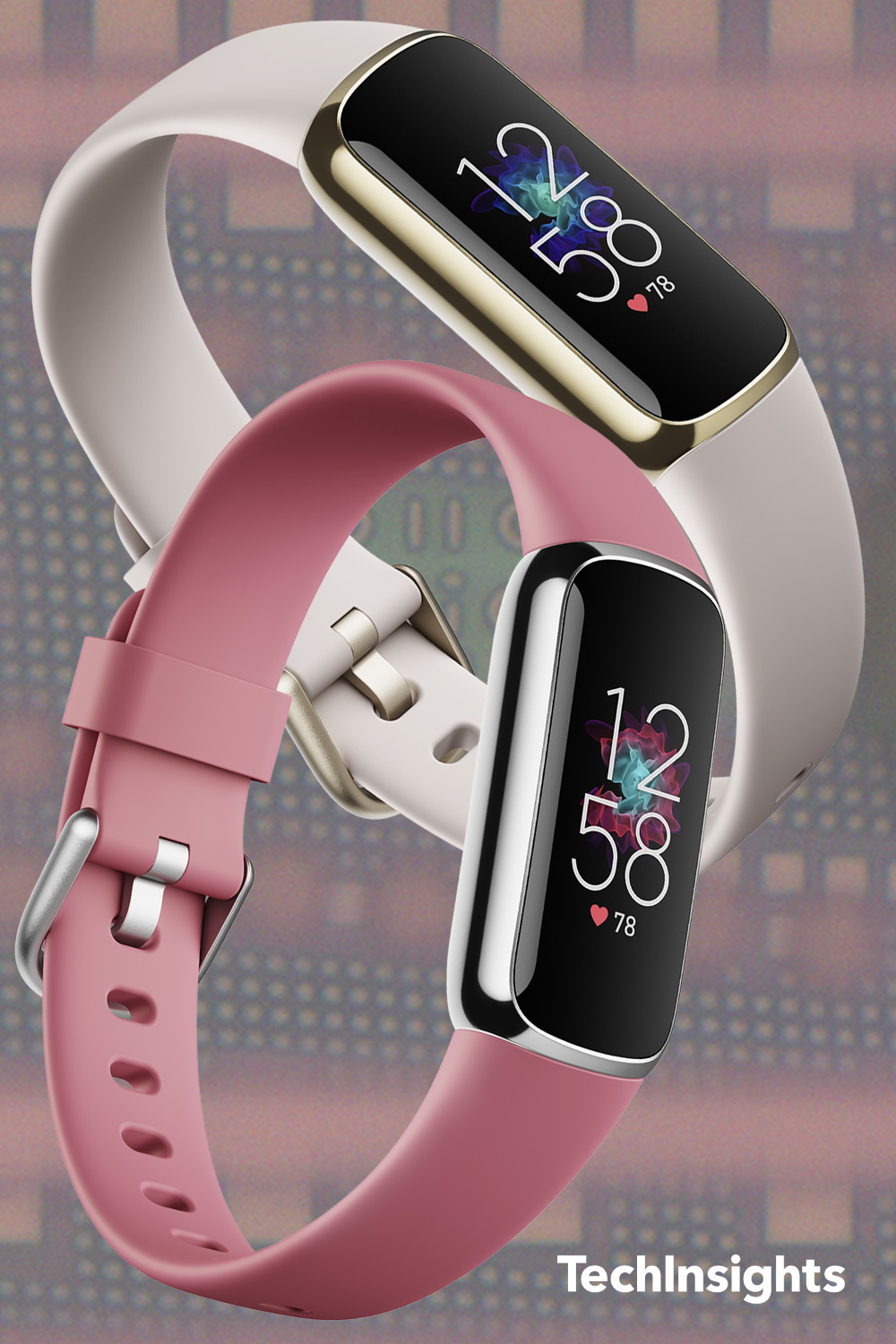
The Luxe has other changes from the Inspire 2, including the AMOLED display, and a haptic assembly more similar to the Taptic Engines found in the Apple Watch and Apple iPhones.
What the Fitbit Luxe looks like from a Teardown point of view
It is unnecessary to do a Teardown a Luxe to see its rear sensors are different from that of the Fitbit Inspire 2, but we did. The specifications on the Luxe state it has a few sensors more than the Inspire 2.
Wearables, especially fitness trackers such as the Luxe and the Fitbit Inspire 2, can have many helpful health features such as heart rate monitoring, skin temperature sensors, and SpO2 sensors. A single MCU controls most, if not all, of these sensors. Fitbit had used Infineon (Cypress Semiconductor) PSOC controllers in many of their past fitness bands, but here in the Fitbit Luxe, we found Infineon replaced by the latest Ambiq ARM Cortex-M4.
Ambiq™ Apollo4 Blue eMRAM Provides a Very Large, Efficient, Non-Volatile Memory
However, this new Ambiq™ Apollo4 Blue is not just another ARM Cortex-M4 SoC. Instead, the Apollo4 Blue has embedded MRAM, or eMRAM and is our first such IC to add to our library. The TechInsights memory experts have started three separate analyses, and our subscribers can now see the preliminary images today and stay up-to-date as the reports progress.
Comparing the package sizes of the Infineon PSOC 6 used in the Inspire 2 and the Ambiq™ Apollo4 Blue used in the Luxe, the Infineon is a two die package, but the second die is the Bluetooth Front-end die. The Infineon MCU has a package with 104 pins and an area of 19.2 mm2. The Ambiq™ Apollo4 Blue is also a multi-die IC. However, it has 131 pins and a larger package area of 22.1 mm2.
We are still in the process of completing the full Deep Dive Teardown of the Fitbit Luxe, but we expect to find this new Apollo4 Blue SoC controls all sensors and Bluetooth functions. Stay tuned.





